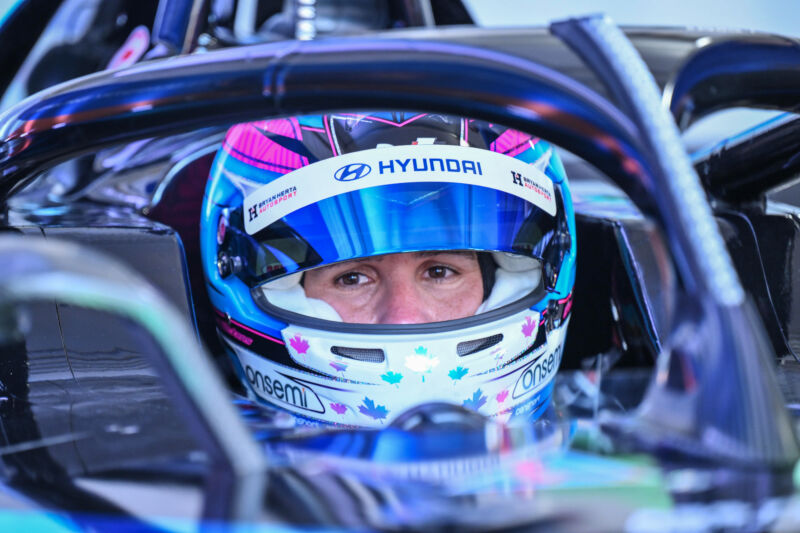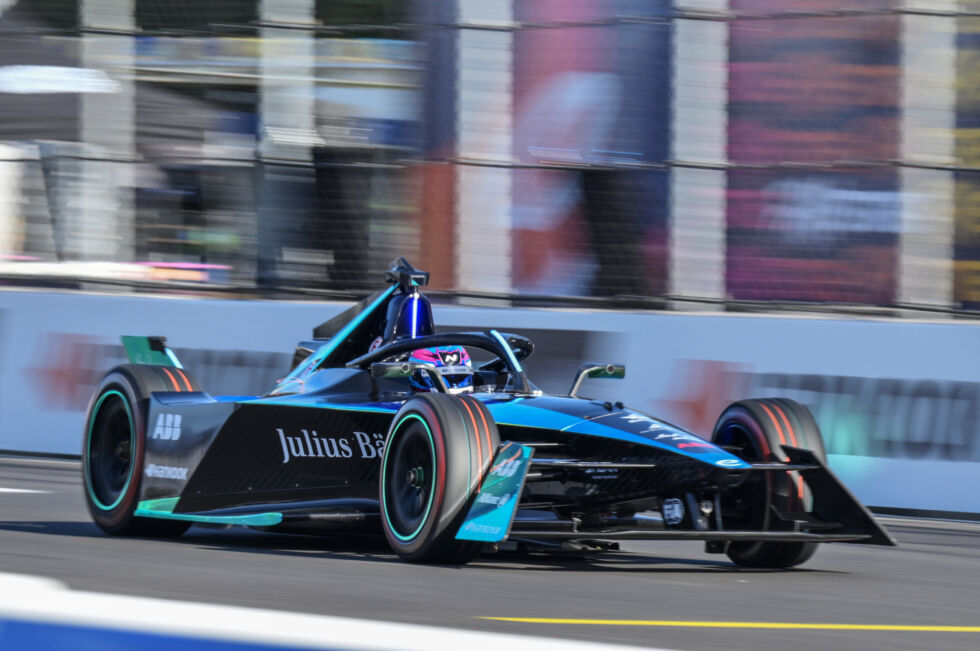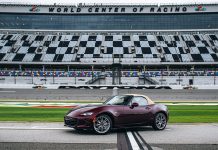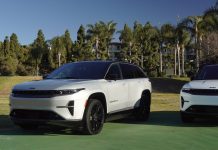Robert Wickens was paralyzed from the waist down in a 2018 IndyCar crash.

PORTLAND, Ore.—The timing of Robert Wickens’ life-altering crash at Pocono Raceway in 2018 could hardly have been more cruel. After landing a full-time seat in IndyCar, he was named rookie of the year at the Indy 500 in June, finally showing the world his talent in a single-seat race car. F1’s loss was IndyCar’s gain, and the prospect of championships seemed certain. But a bad wreck derailed all of that, leaving Wickens paralyzed from the waist down. This past weekend, he made his return to the cockpit of a single-seater, testing a Formula E car with hand controls at Portland International Raceway.
It wasn’t his first time in a racing car since 2018—for the last few years he’s been running in IMSA’s Michelin Pilot Challenge series, taking the 2023 TCR championship in a Hyundai Elantra N. But Formula E’s GenBeta car weighs almost 900 lbs less than Wickens’ Hyundai and boasts far more power and that immediate electric torque. More power than the Gen3 Formula E cars that lined up to race the following day, too—the 530 hp (395 kW) GenBeta machine is Formula E’s test bed and is able to deploy energy from its front electric motor (in addition to the rear motor) instead of just regenerating energy under braking.
I spoke with Wickens a few hours before his test and asked what he was expecting in terms of performance. “It’s an entirely different beast to an IndyCar,” he said. “So I know here in Portland that they actually had the exact same straight line speed as IndyCar [170 mph/275 km/h], obviously achieving in very different ways. The aerodynamic differences between the two and the whole philosophy of the series are entirely different. You’ll never really compare them, apples to apples, I don’t think, but, I’m really excited to give the Gen beta car a go,” Wickens said.
ARS VIDEO
How The Callisto Protocol’s Team Designed Its Terrifying, Immersive Audio

Unlike the steering wheel and accelerator and brake pedals most of us use, there’s no standard hand control setup, especially for a racing car. When Alex Zanardi competed in the 2019 Rolex 24, he used a wheel-mounted hand throttle to accelerate, but braked using a hand lever. That would be a challenge to fit into the tight confines of a single-seater cockpit, but that’s not the only reason Wickens and Formula E haven’t gone that route.
Hand controls
“When I was very early in my recovery, I had the luxury to talk to Alex several times. And he told me that if you need something easy, doing the brake lever off the steering wheel is the quickest solution to get into a car. But if you want to be as competitive as you can be, you have to have the brake on the steering wheel in some capacity,” Wickens said.
“It’s not like a sequential gearbox where you just downshift and then your two hands are on the steering wheel turning in—you’re trail-braking all the way to the apex. In Daytona, for example, you’re in the whole first section of the bus stop one handed—it’s like you can’t be 100 percent committed to the corner entry with one hand,” he explained.
I suggested that sounded like trying to race someone while holding a cellphone at the same time. “Pretty much yeah. But then unfortunately that cell phone is manipulating the balance of the car,” Wickens pointed out.
The advantage of a lever is the amount of force it allows the driver to send to the master cylinder. In his current setup in the TCR car, there’s a pneumatic actuator that helps apply sufficient brake pressure, “because I can only squeeze so much with my hands. And the difficulty with it is, there’s a small latency in achieving peak brake pressure. And that latency is not the same every time,” he said. While most of us would be rightfully terrified at having inconsistent brakes on track, Wickens adapted his driving style, something he says won’t transition to faster cars, though.

Converting the Formula E car to hand controls is a significantly more straightforward proposition. That’s because, like virtually all electric cars, it uses brake-by-wire, rather than having a direct hydraulic connection from pedal to calipers.
“It’s basically just an electric signal, and you could put it on a button if you really wanted to, you could do whatever. So for us it creates a wealth of opportunities,” he said. In this case, that’s reprogramming two of the paddles that lurk at the rear of the car’s multifunction steering wheel.
“On the Formula E car there’s regen [paddles] on both sides of the steering wheel so the driver can use left or right, whatever they choose. So for me, I’m doing one side for throttle and one side for brake. It definitely wouldn’t be my final solution. But to get up and running and for a proof of concept, I think it’s gonna work perfectly,” he said.
Give him a rookie test
Wickens’ goal is a full-time ride in a top-level series, and I can see why Formula E is attractive to him. There’s the fact that the cars already use digital control inputs for throttle and brake, although that’s also true for GTP prototypes in IMSA. Budgets are much less of a problem—something less true for sportscar racing.
“I’ve been actively trying to find a way to get a rookie test in Formula E for three, four years, you know, and this is just my first great opportunity at getting one step closer,” he said. “And then you still have to prove yourself.”
Wickens completed 11 test laps in Portland, revealing some room for improvement with the hand controls. But he was positive upon leaving the cockpit. “It was only a few laps, but I thoroughly enjoyed the experience, and it left me wanting a lot more. Hopefully this will lead to more opportunities in the future and possibly a rookie test. I think right now, that would be the goal for me, to try and get onto the grid in Formula E for the future,” he said.




